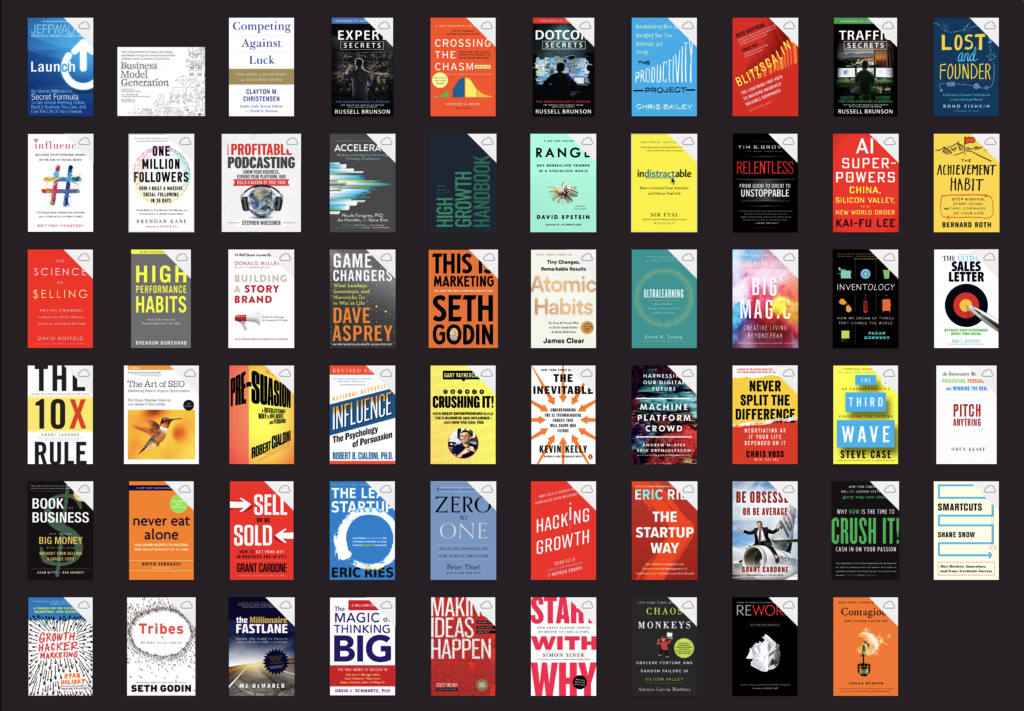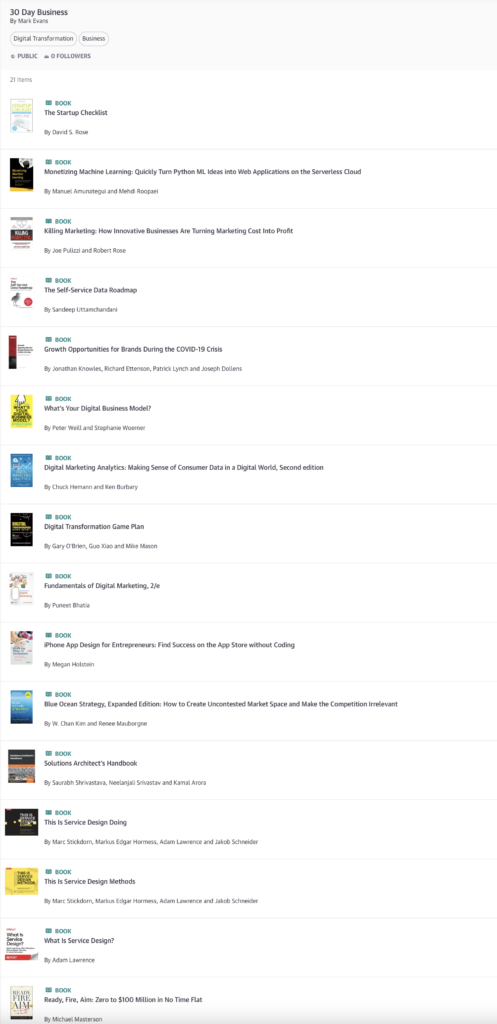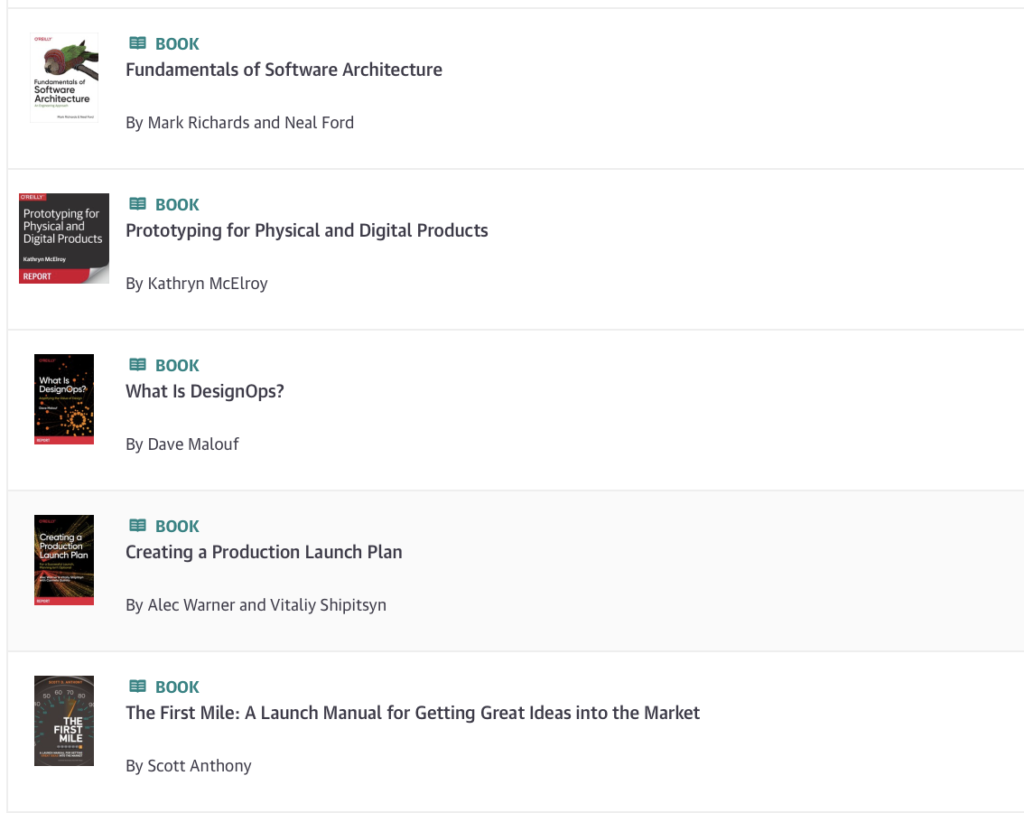Software is among the most valuable products in the world. It has been used to solve some of the worlds most complex problems, replacing thousands of man-hours with just a few seconds of computer time. Software has also given the world Billionaires – and several of them! So, what do mean when I say that software is among the most valuable products in the world? Well, valuable is a loaded word in this context, and in the case of software it absolutely needs to be unpacked.
In business, value is measured by a seller and a buyer in different ways during a transaction. For a seller, value is tied to the amount of money that can be obtained through the sale and distribution of their product. For a buyer, the value from a transaction is tied to the size, amount, and complexity of problems that can be solved by the product they are purchasing. This exchange of value between the buyer and the seller is what makes the world go round. If the seller didn’t receive value out of the transaction, they wouldn’t put in the effort to build a product and offer it to other people. Similarly, if the buyer didn’t receive value out of the transaction, they would not be willing to part with their money to obtain the product being sold.
That’s pretty straight forward. Exchange of value is not a new concept, and as you read that last paragraph you probably thought you were reading something that you already understood. And even if you didn’t know you knew it, I’m convinced you already did know it. People ad business sell things that other people and businesses need/want/require. Simple, right? Good. Ok, now lets jump into software. Something that is perplexing, exciting, and packed with so much value, that people can give it away fro free and STILL become insanely rich. Wait, what did I just say?! Give software away for free to become rich, uh, what?! Ok, read on and I’ll explain.
How to determine the value of your product
In a traditional value-based economy, the value of your product is determined by the supply and demand of the market. A familiar concept; supply is how much of a certain good exists in the world, and demand is how many people in the world need/want/require that good.
Using an apple as an example, lets ask a rhetorical question: if you have 5 apples and 10 people who want apples, how much do you think you could sell each apple for?
Now reversing the numbers, assume you had 10 apples and 5 people who wanted apples, how much do you think you could sell each apple for?
And finally: assume you had 5 apples and 5 people, what price do you think is appropriate for the sale of 1 apple?
As you read through those 3 scenarios, it became obvious that the price can be changed based on the number of customers and the number of available apples to sell. This dynamic is what is behind the supply and demand equation that determines the price of just about every physical good in the world. If you have more supply than people to buy, the price is lower. If you have more people than supply to provide them, people are willing to pay a higher price to get access to the scarce resource. Supply & Demand. Ok, simple. Now, the golden question; what drives the price of software, and how do you determine it’s value?
Oops, I just introduced to you something new. No, that wasn’t a typographical error. I did meant to say value and price in the same sentence. I also want to tell you now that software completely ignores the realities of supply and demand when setting it’s price – it also ignores the concept of value-based on scarcity. Yet, making the most money selling software has always been about recreating those supply and demand forces. Confused? Awesome, me too… Let’s see if we can answer the thousand questions floating through our heads about why software is so different from normal goods.
The value of software is confusing, and that’s ok
Software is a very different beast when it comes to determining its value. This is largely due to the way software is made, stored, distributed, sold, resold, and used. It is nothing like the physical goods that are created from physical components that are durived from raw materials – if you go far enough back in the supply chain, everything is sitting in the dirt at some point.
Software originates in the minds of people, it’s created through an abstract interaction with a computer, that stores it’s most basic constituent elements as a 1 or 0 in an electronic storage device. If you want to go all the way down, that 1 or 0 represents something as simple as a switch being on or off. When all these small bits (technical term for a 1 or 0) are combined together, they create something awesome, called a byte (technical term for 8 bits). Then megabytes, then gigabytes, terabytes, petabytes, and so on. No matter how big the scale, all software is made of the exact same basic digital elements. The differences in software offerings comes in the unique configuration of those elements.
Did you catch that last part? Software is all made from the same basic elements, but the configuration of those elements is what makes creates different products.
Now, because the materials required to create more software is of a virtually unlimited quantity, creating 1 more piece of software has no material cost associated with it. And because creating 1 more piece of software is equivalent to creating a copy, there is also no physical cost to creating more of it.
So, you might be asking yourself at this point – if you can create an unlimited amount of something by simply copying it, why would anyone pay money for it?!
There are at least 2 reasons why people pay for software:
- The law prohibits the unauthorized copying of software
- Technical restrictions make unauthorized copying impossible (for most people)
- Less often – but not unheard of – people pay for software because they feel an ethical obligation to (more on this later)
The law that governs the copy and distribution of software is Copyright law. Without getting into the weeds and nuances of copyright law, we can reduce the protections to a few basic points:
- Original works of creation that are stored somewhere (books, film, audio recordings, computer software) is the property of the creator
- The creator of original works are granted certain rights and protections regarding that work.
- Rights include: create copies, create derivative works (audio book out of a text-based book), sell, offer for sell, and restrict others from doing the same.
- Protections include: exclusive rights, enforced by government, lifetime of the author (plus more time)
- Finally, the owner of an original work has the ability to grant all of these rights to another person. This grant can be either through a term-based license or through a full sale of the copyrighted material.










